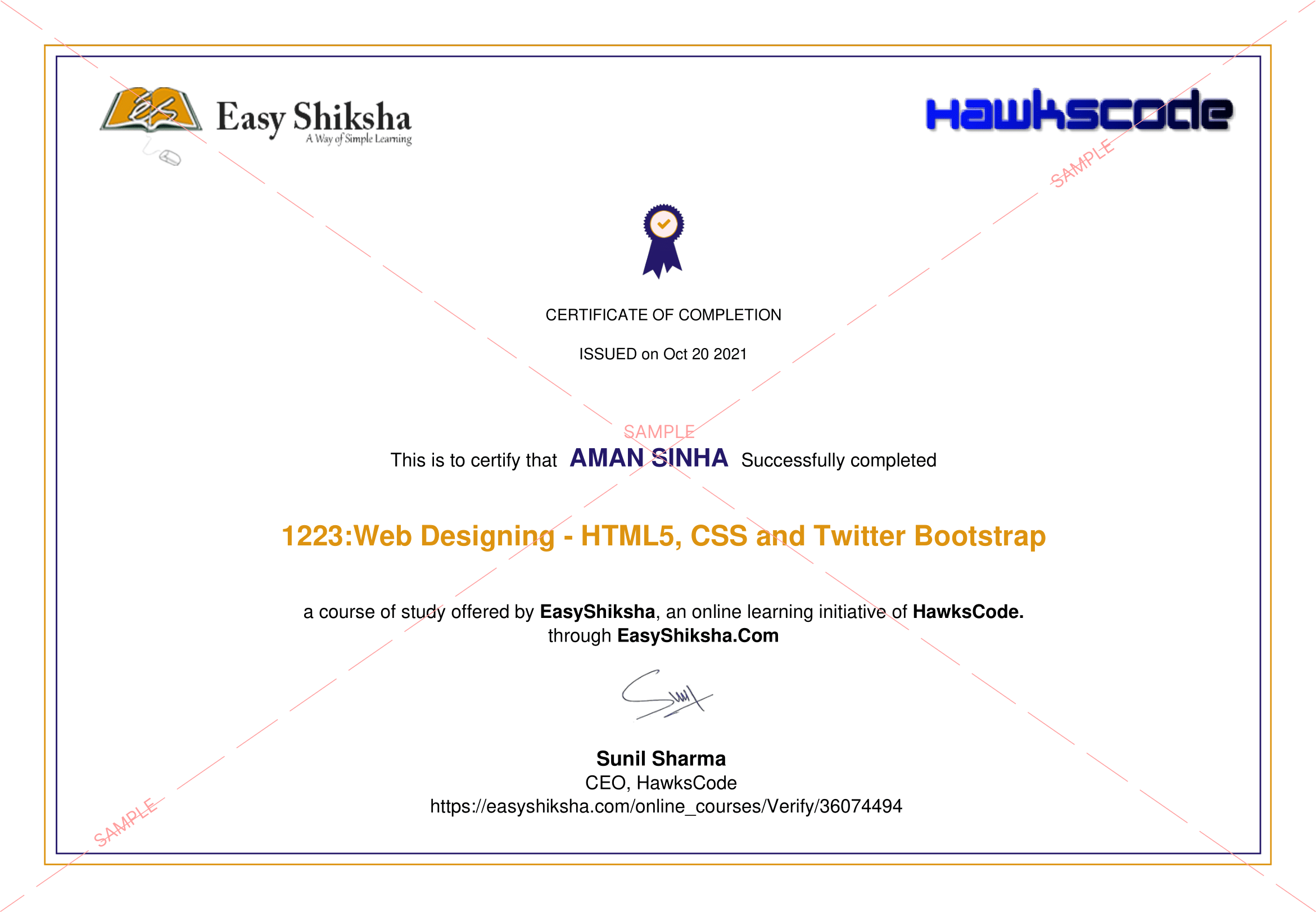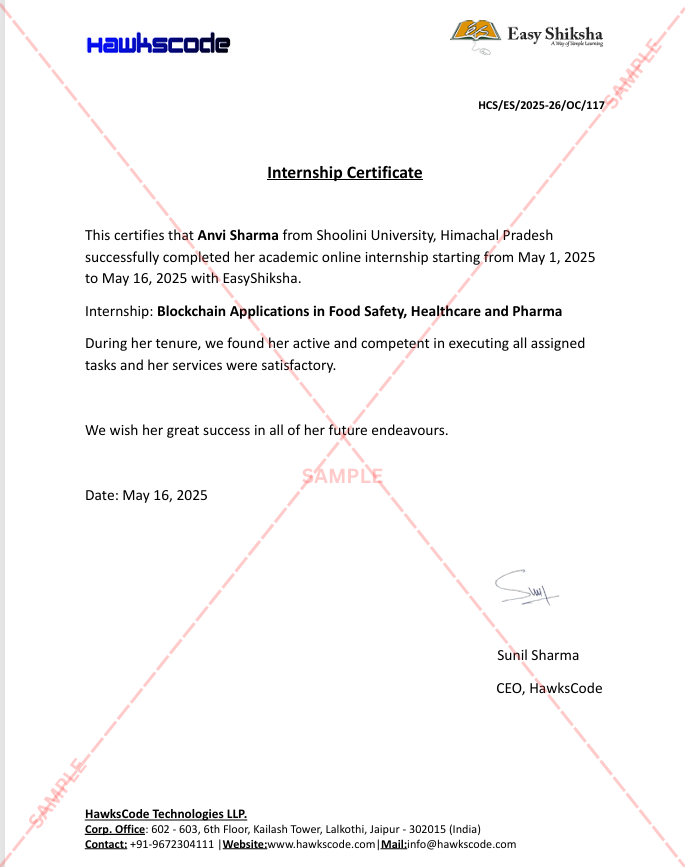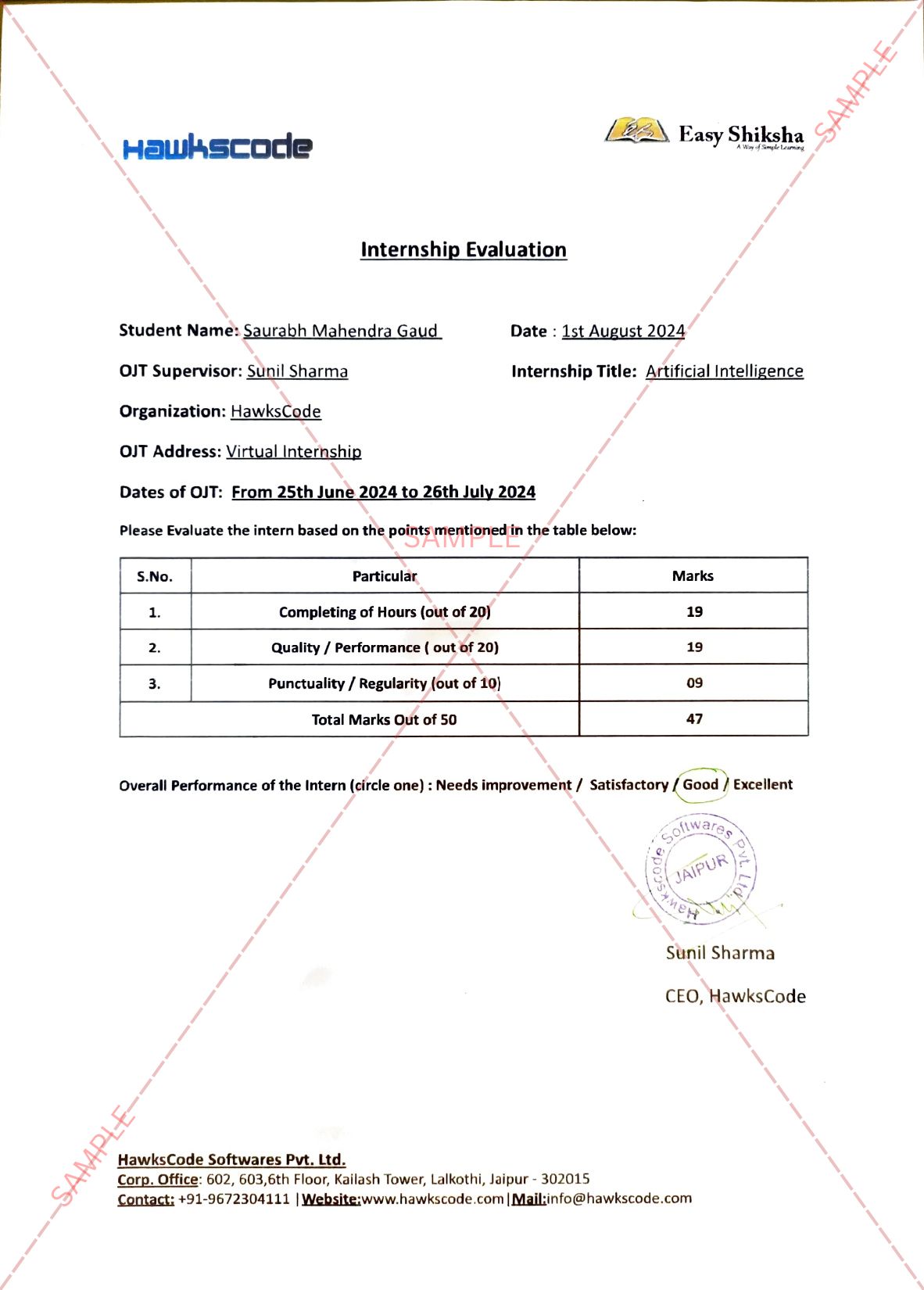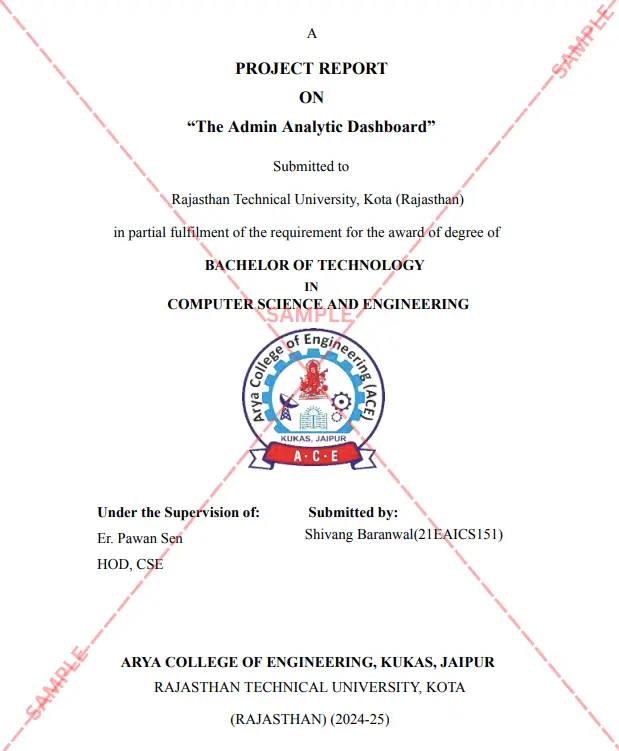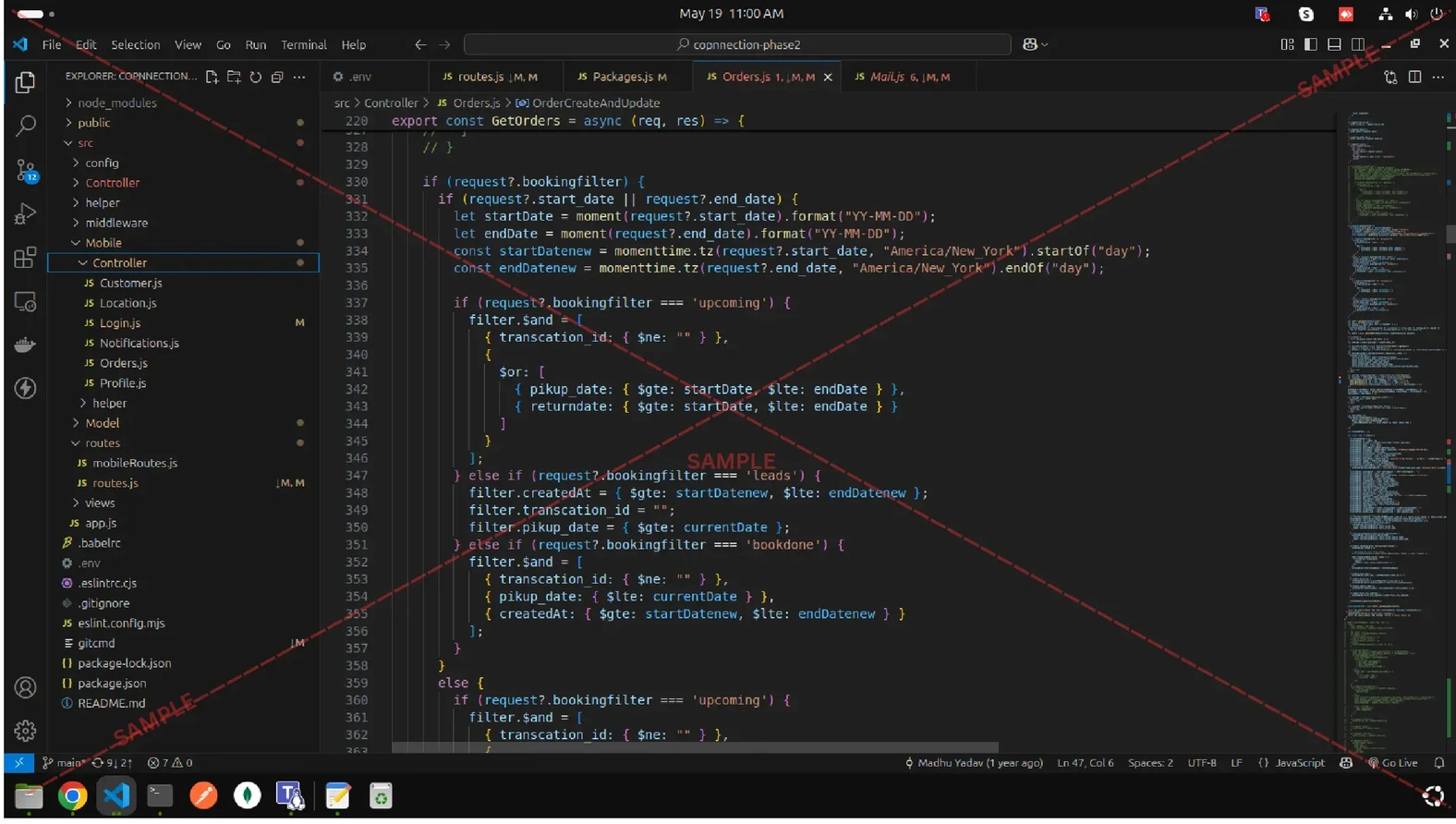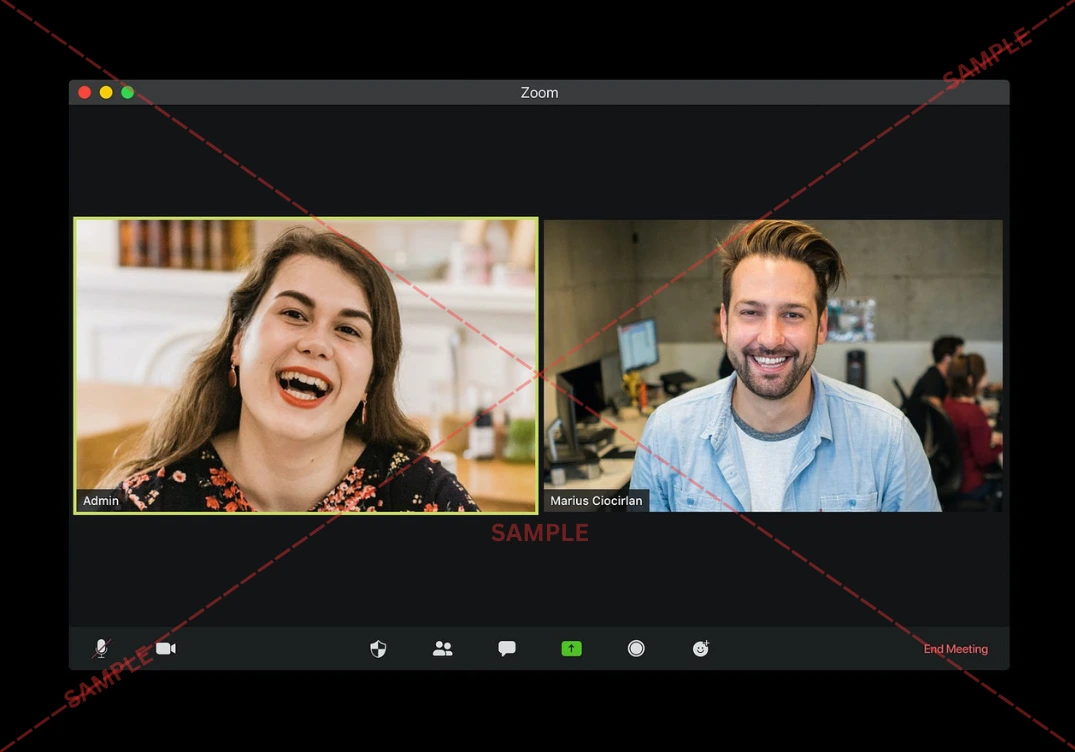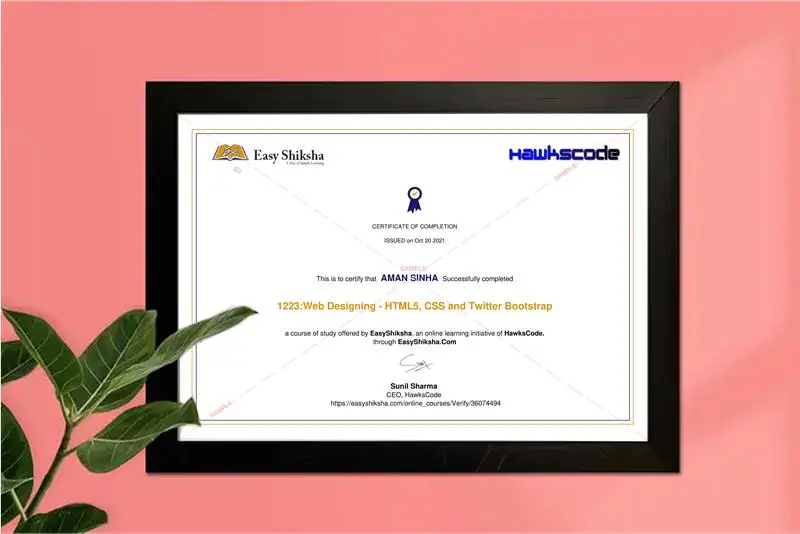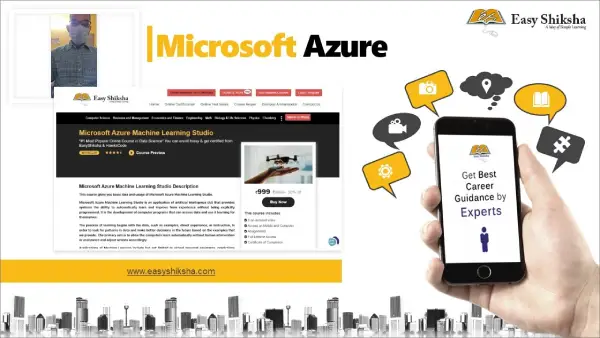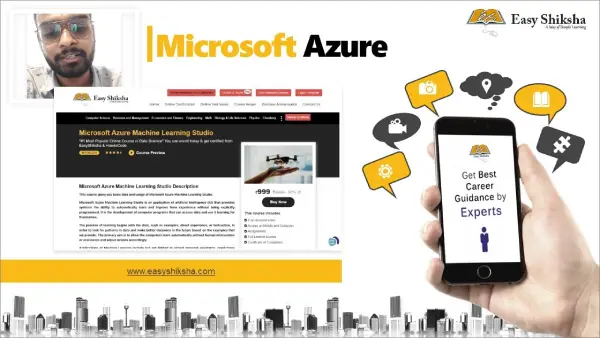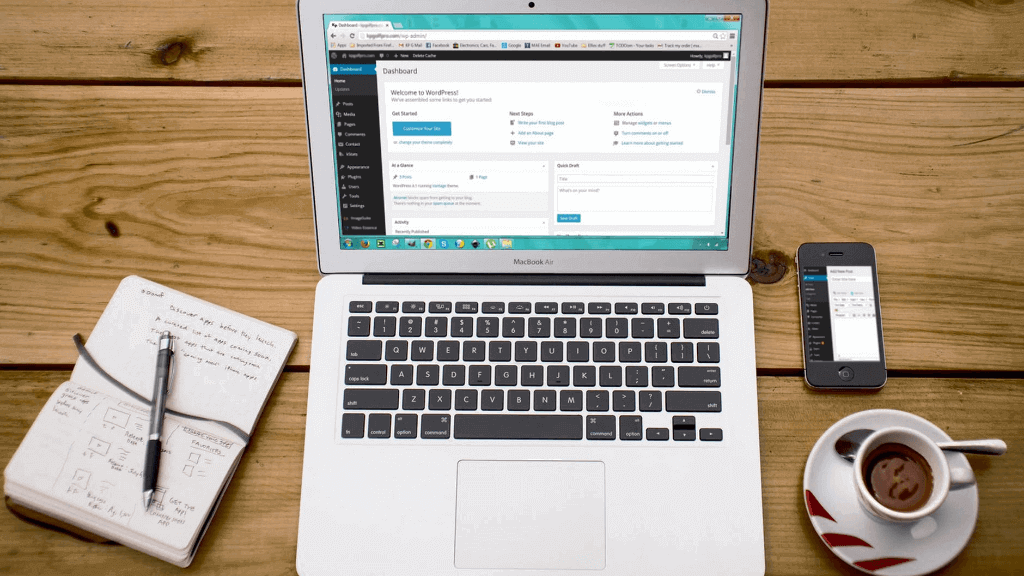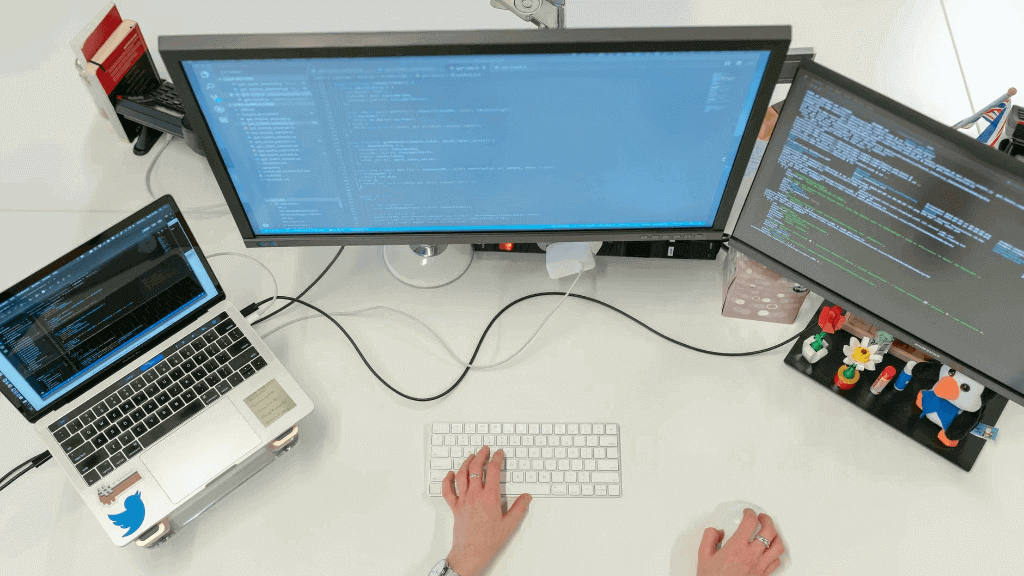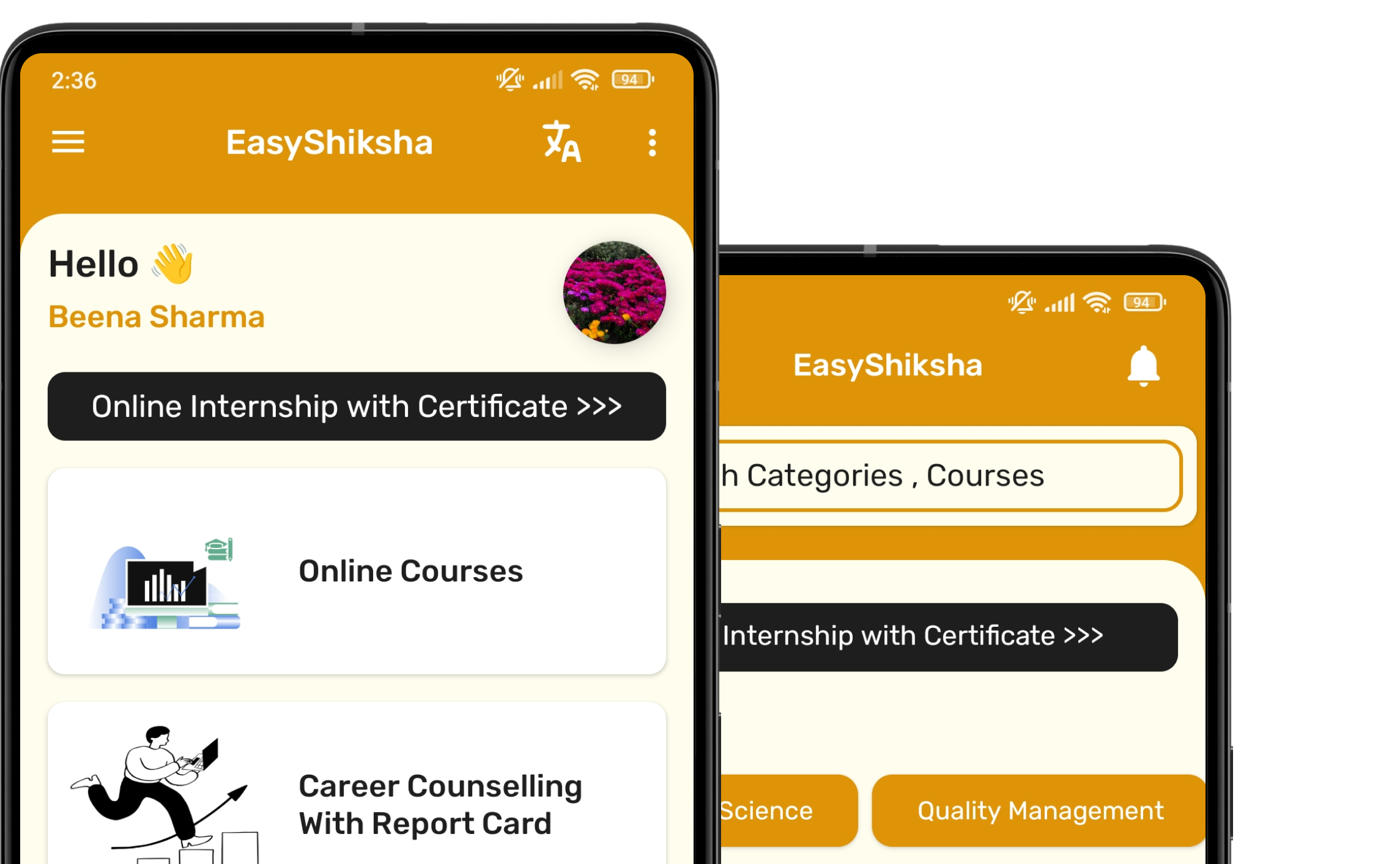This course focuses on practical deployment of machine learning models on edge devices using Wio Terminal and TinyML. You will learn how to prepare data, train compact models, convert them into efficient formats, and deploy them on low-power microcontrollers for fast, offline decision-making.
The course is structured to help engineers, developers, and students create intelligent embedded systems without requiring cloud connectivity.
What is TinyML? TinyML refers to machine learning models that are optimized to run on low-power, small-footprint devices like MCUs. TinyML is cost-effective, allowing more individuals to train their models. Compatible with Arduino, Raspberry Pi, and other IoT devices, TinyML is the only platform that lets you know when you're making a mistake.
What is Wio Terminal? Wio Terminal is a device that makes it easy to interface with sensors and other hardware. It's a desktop application for quickly publishing your site without needing any knowledge of programming languages. You'll learn the basics of creating websites and interfacing with hardware.
Key Concepts Covered
Introduction to TinyML and Wio Terminal hardware architecture
Collecting and preprocessing data for embedded model training
Model training using TensorFlow Lite
Converting and quantizing models for microcontroller deployment
Uploading models to the Wio Terminal and running inferences
Optimizing performance for real-time response
Implementing use cases such as gesture recognition, sound classification, or anomaly detection
What You’ll Build
A fully working TinyML inference system on Wio Terminal
A data collection pipeline tailored for embedded hardware
A real-time sensor-based ML project (e.g., motion classification or sound response)
Model loading and activation code in Arduino-compatible environment
Try It Now! Get started with the Wio Terminal course and save time by identifying the best possible option every time!
Target Audience
Embedded developers entering machine learning
Engineers interested in edge computing
Students and researchers working on smart devices
Makers with an interest in low-power AI
Professionals seeking to implement ML without relying on the cloud
Prerequisites
Basic Python programming
Familiarity with Arduino IDE and embedded hardware
Access to a Wio Terminal
Installation of Arduino libraries and TensorFlow Lite environment (guided in the course)
Course Outcomes
Create TinyML applications that run efficiently on Wio Terminal
Understand the workflow from model training to deployment
Implement lightweight models using TensorFlow Lite Micro
Integrate ML inference into real-world sensing applications
Work with onboard sensors like accelerometer, microphone, and display
